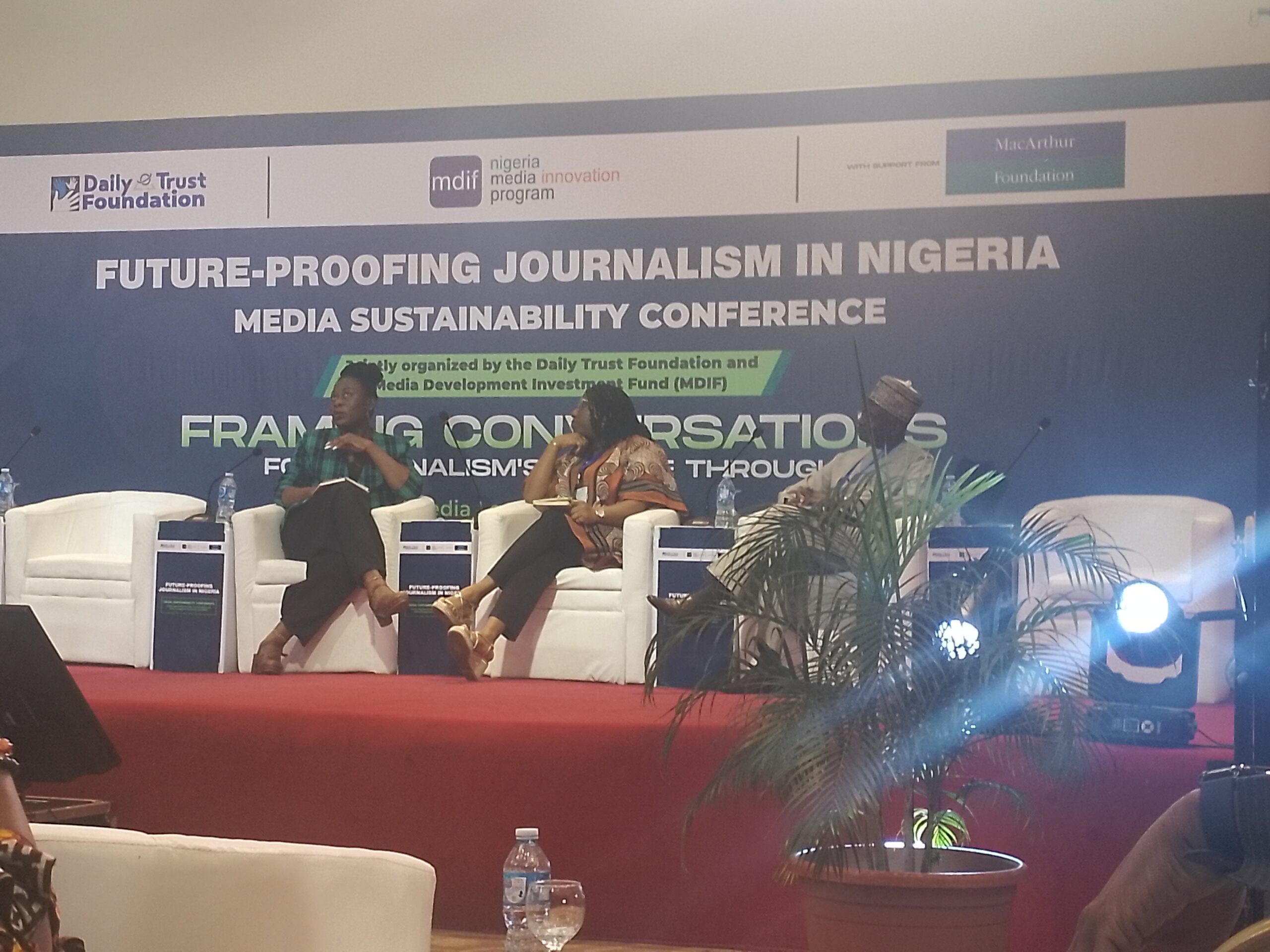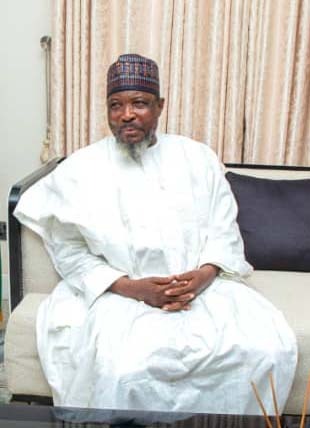2025 DTF, MDIF Media Sustainable Conference: Stakeholders Call for Sustainable Media Innovation in Nigeria

By Fatima Saka
Stakeholders at the Sustainable Media Conference held in Abuja on Wednesday emphasized the critical need for structured advisory support, sustainable revenue models, and ethical resilience in Nigeria’s media landscape.
The conference was organized by the Daily Trust Foundation in collaboration with the Nigeria Media Innovation Program (NAMIP) and brought together industry veterans, scholars, and media entrepreneurs.
On the subject: “Media Advisory and Support: Lessons from the NAMIP Advisory Committee,” the session provided a candid reflection on the three-year journey of NAMIP’s advisory support to Nigerian media innovators, with discussions led by Catherine Gicheru, Chair of the NAMIP Advisory Committee.
“Advisory support must go beyond token guidance. It has to be rooted in lived experience, a solid understanding of business sustainability, and the harsh realities of the Nigerian media ecosystem,” Gicheru said. “What NAMIP has done is to bring together experts who have been in the trenches, journalists, researchers, and strategists, to walk with grantees through their evolution.”
Key Issues Raised were Sustainable Business Models, the Panelists agreed that editorial excellence must now be matched with business acumen. “If you don’t know how the money is made, you can’t sustain the newsroom,” Gicheru noted. She urged media houses to pay more attention to financial structures and audience engagement metrics, particularly in the digital space.
Ethics, Safety, and Toxic Workspaces:
Ruona Meyer, an investigative journalist and media trainer, spoke of her experience mentoring startups and warned against exploitative newsroom cultures. “Journalists in nonprofit and innovation spaces need psychological safety. If the environment is toxic, sustainability becomes impossible,” she said.
Academic Insight and Innovation:
Prof. Suleiman Yar’Adua of Bayero University, Kano, emphasized that academia must remain plugged into real-world newsroom dynamics to produce media professionals equipped for a fast-changing industry.
Gender, Identity, and Digital Safety:
Motunrayo Alaka, Executive Director of the Wole Soyinka Centre for Investigative Journalism, reflected on challenges facing women in media leadership. She also touched on the dangers of online harassment and the need for advisory frameworks that protect and elevate marginalized voices in journalism.
Reflections on the Three-Year NAMIP Advisory Track
Panelists and audience members discussed the evolution of advisory support, from technical handholding to helping teams navigate ethical dilemmas, audience feedback, content management, and long-term monetization. Several speakers noted that in the early days, many media startups focused heavily on editorial output, often sidelining sustainability planning.
However, with NAMIP’s guidance, many have matured into more balanced organizations. Still, participants called for a more integrated advisory approach that doesn’t operate in silos, combining editorial, business, and technical insights.
AI and the Future of Media
As artificial intelligence continues to disrupt traditional media workflows, speakers urged caution but not fear. “You can’t catch up financially with misinformation powered by AI. But you can outpace it with authenticity,” said Meyer. She advocated watermarking content and transparent use of AI tools to preserve credibility and provenance.
In closing, participants stressed that with NAMIP’s three-year cycle nearing an end, the media ecosystem must consider how to sustain gains, replicate successes, and establish formalized advisory bodies across newsrooms and innovation hubs.
“We have learned a lot, now the challenge is ensuring these lessons outlive the grants,” Gicheru added.





